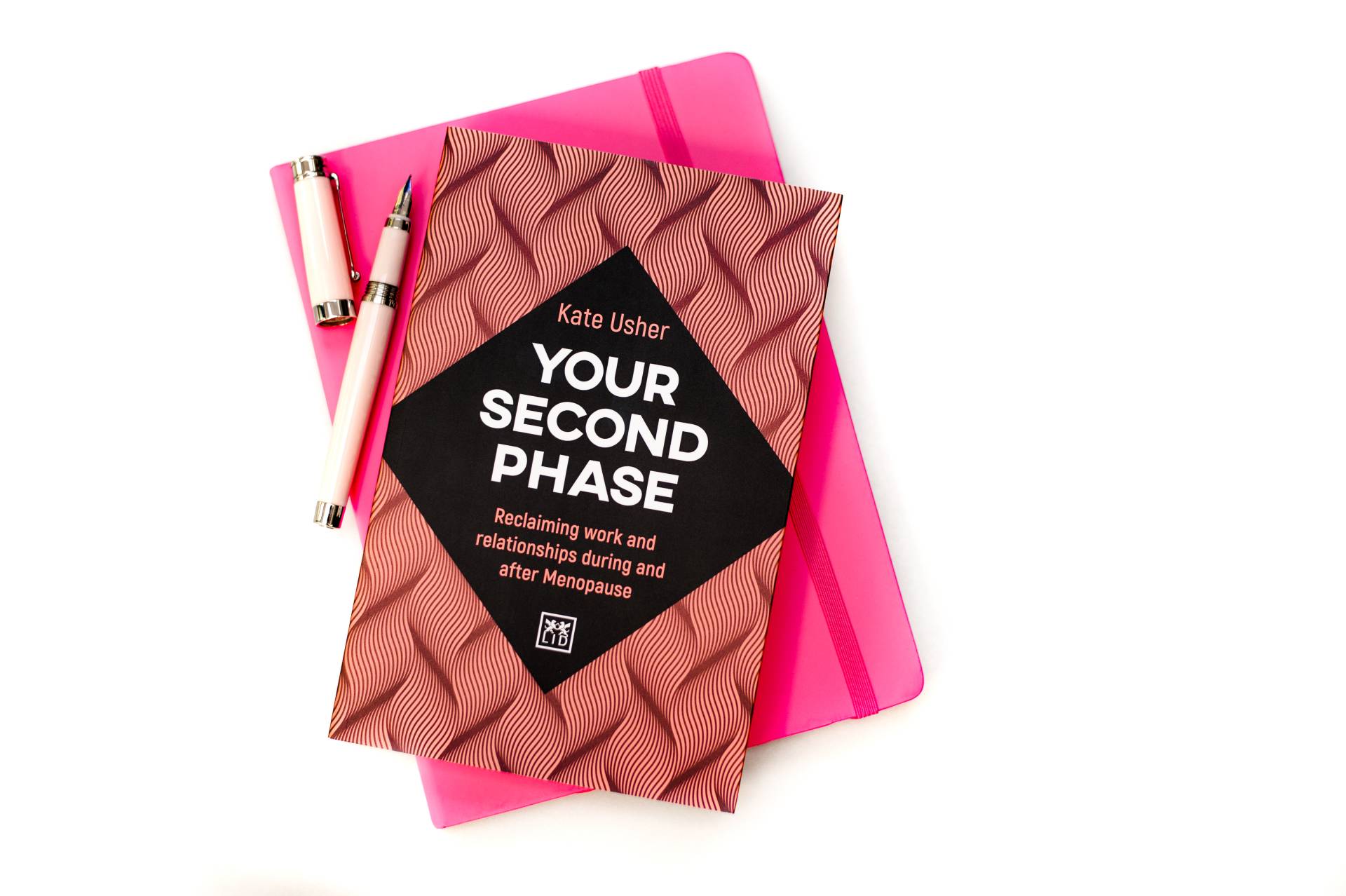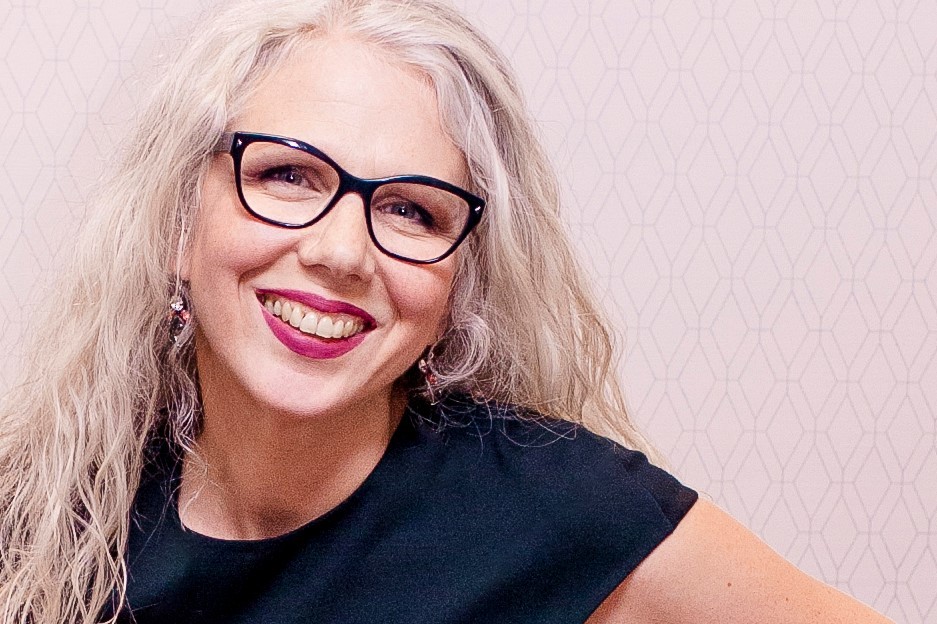For generations the menopause has been a taboo subject. Traditionally seen as a ‘women’s issue,’ it has rarely been broached in the workplace and certainly hasn’t been factored into workplace design. Instead, it’s seen as something to contend with privately, an inevitable life event that should have no bearing on the weekday 9-5.
But nearly half the world’s population will at some point experience this change, which marks the end of a woman’s menstrual cycle and fertility. And the effects can be seismic. One in four women will experience serious menopause symptoms, which can include fatigue, anxiety, difficulty concentrating, insomnia and fatigue. Inevitably, this will have an impact on their working day.
Suffering in silence
According to the Office of National Statistics, menopausal women are the fastest-growing workforce demographic. Yet this fact of life has always been treated as something to be managed in silence. Until recently that is. Thankfully, it is now slowly being brought out for open discussion, with public figures like Michelle Obama forcing it into the spotlight.
Our workplaces have simply reflected wider social perceptions and with this seemingly sudden about turn, they are needing to change. But due to the impact and uncertainty around COVID-19, this shift in direction is long and tanker-like.
Workplace design and management play a pivotal role in our day-to-day working experience, and this is no different for menopausal women. Numerous symptoms make working life extremely difficult for approximately 27% of all menopausal women, with a further 50% needing some support.*
We live in a world where diversity (the fact) and inclusion (what we do to promote and support it) is a stated aim of almost every organisation, backed with a funded programme of initiatives and a desire to have them known. So why has menopause in many instances not been itself ‘included’ in this planning?
This phase, unlike other characteristics of female life, goes on continuously for years – for some, over a decade. Menopause is an endurance event. It is at this point that we realise how stoic some women have historically been.
A time for change
Here are some uncomplicated steps that could dramatically improve the working lives of millions of women…
Let’s take the easier actions first. Sanitary ware. Whilst it is assumed that suitable provision is made everywhere, this is simply not the case. The dispensers might clutter the line of the design and obscure the wall-to-wall mirrors, but it is a necessity for women of all ages. Just like the removal of three quarters of the lifeboats on the Titanic. It might not be a fair comparison, but to a woman who is experiencing unexpected flooding just before a major presentation, it can feel pretty catastrophic.
Uniforms – where required – should be readily available, easy to clean and breathable. Not the cheapest in the workwear catalogue. Hot flushes and flooding can require women to need to change frequently during a day. To be clear, hot flushes are not a woman gently perspiring in that 1950s demure way, they are volcanic internal heat, which causes the body to sweat instantly and profusely. They cannot be delayed or controlled.
For both these and other symptoms, women need sufficient locker space to store a change of clothes, and potentially access to a shower. This is a different requirement to that of the sporty, Lycra set. Privacy is required.
That leads us on to the need for a quiet space, to settle anxiety and calm nerves. This is not the ‘multi faith room’ or a cleared corner of the storeroom. Neither is it the first aid room, or the dusty basement with the dog-eared archives.
A private meeting space is also a necessity. Emotions are unpredictable and can spike without warning. You might not want the rest of accounts and marketing seeing you reaching for the tissues, whilst discussing things with your manager or HR. Workplaces need readily-accessible rooms with solid walls or glass that can be obscured, including in the door. You can’t book a sudden breakdown.
Lastly, temperature control. Offices should have zonal temperature control. Women generally like the office warmer than men, which means for those women who experience cold flushes it can feel positively arctic. Conversely, for those who suffer from hot flushes, their continuous oscillation between hot, cold and normal creates a very unique and personal preference. There is of course the option of the desk fan, which is a necessity for this symptom, yet fairly useless for all others.
A call from the C-Suite
Some of these requirements are applicable for other concerns covered by wellbeing, including mental health and some disabilities. They are enablers for those who need a little extra support to fulfil their potential. Or just to get through the day.
It is no longer acceptable to expect women to muddle through silently, believing this is the normal order of things. Yet there is still a lack of preparedness to confront an issue which only affects women directly, is incredibly variable and is laced with social discomfort. As a result, the workplace has been able to deflect calls for change.
Yet the inconveniences and embarrassment endured by previous generations is no longer acceptable. Women should not have to ask for or explain why they need many of these facilities, they should be readily provided.
Record numbers of women are in the workplace and we are continuing our careers well into our 60s, driving our ambitions and securing senior management positions. Essentially, women are calling for change outside of the typing pool and from inside the C-Suite. And there are now simply too many of us to ignore.
We live in a world that has been struck by enforced and unexpected change, thanks to COVID-19. Now is the chance to take a different approach and view this as an opportunity to create new and inspiring workplaces that support everyone. Women are in the workforce to stay. So, therefore, is the menopause.
*The Economist Newspaper, December 14, 2019. Accessed December 30, 2019. https://www.economist.com/international/2019/12/12/millions-of-women-are-missing-out-on-hormone-replacement-therapy
Kate Usher is a Menopause Coach and Activist. She is driven to create a change in culture as to how the workplace embraces the different phases of women’s lives. She works with organisations to recognise diversity and take action to promote inclusivity. Her book, Your Second Phase can be ordered on Amazon.


Content Team
Work in Mind is a content platform designed to give a voice to thinkers, businesses, journalists and regulatory bodies in the field of healthy buildings.




